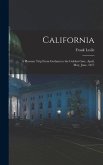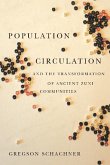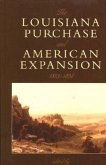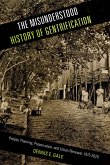Students of Acadian history have traditionally focused their attention upon the dispersal of Nova Scotia's Acadian population in 1755 and upon the reestablishment of numerous exiles in Louisiana's bayou country. The subsequent transformation of the exile's transplanted culture in this new, and radically different, subtropical environment, on the other hand, has been completely overlooked by Acadian scholars. This work is the first to examine comprehensively the demographic growth, cultural evolution, and political involvement of Louisiana's large Acadian community between the time of the Louisiana Purchase (1803), when the transplanted culture began to take on a decidedly Louisiana character, and 1877, the end of Reconstruction in Louisiana, when traditional distinctions between Acadians and neighboring groups had ceased to be valid. Tracing the course of Acadian transformation is difficult because of few primary source materials, such as newspapers, correspondence, and diaries, as well as the society's widespread illiteracy. Thus the author of this volume developed innovative methodological techniques for extracting information from alternative historical resources, including civil records, federal census reports, ecclesiastical registers, legislative acts, and electoral returns. When used individually, these varied documentary resources provide a shallow, one-dimensional view of nineteenth-century Acadian/Cajun society, but, taken together, they afford a broad view of a largely nonliterate people whose contemporary oral traditions are now all but forgotten. This work serves as a model for compiling ethnohistories of other nonliterate peoples.








